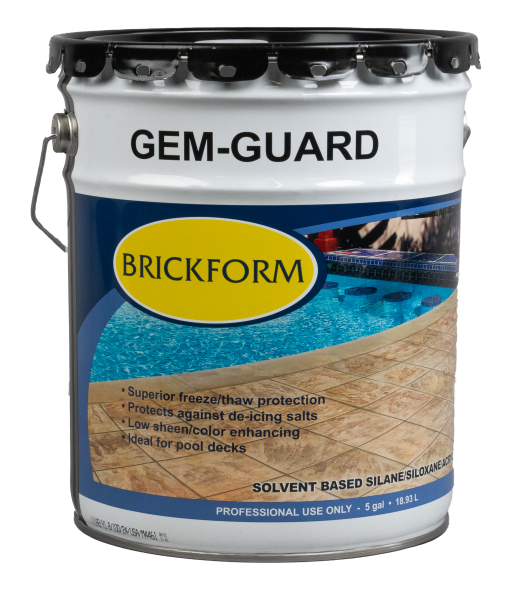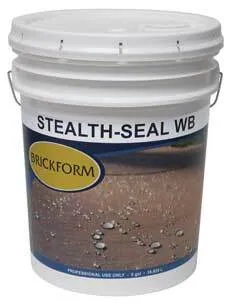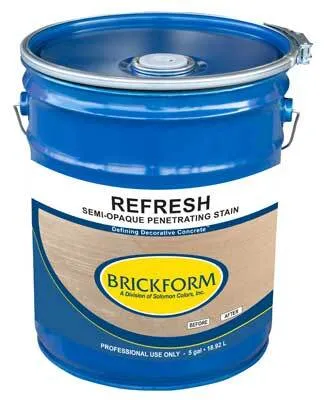How to Prevent Salt Damage to Concrete
Learn how to protect your concrete surface from spalling, discoloration, corrosion, and other issues caused by exposure to salt.
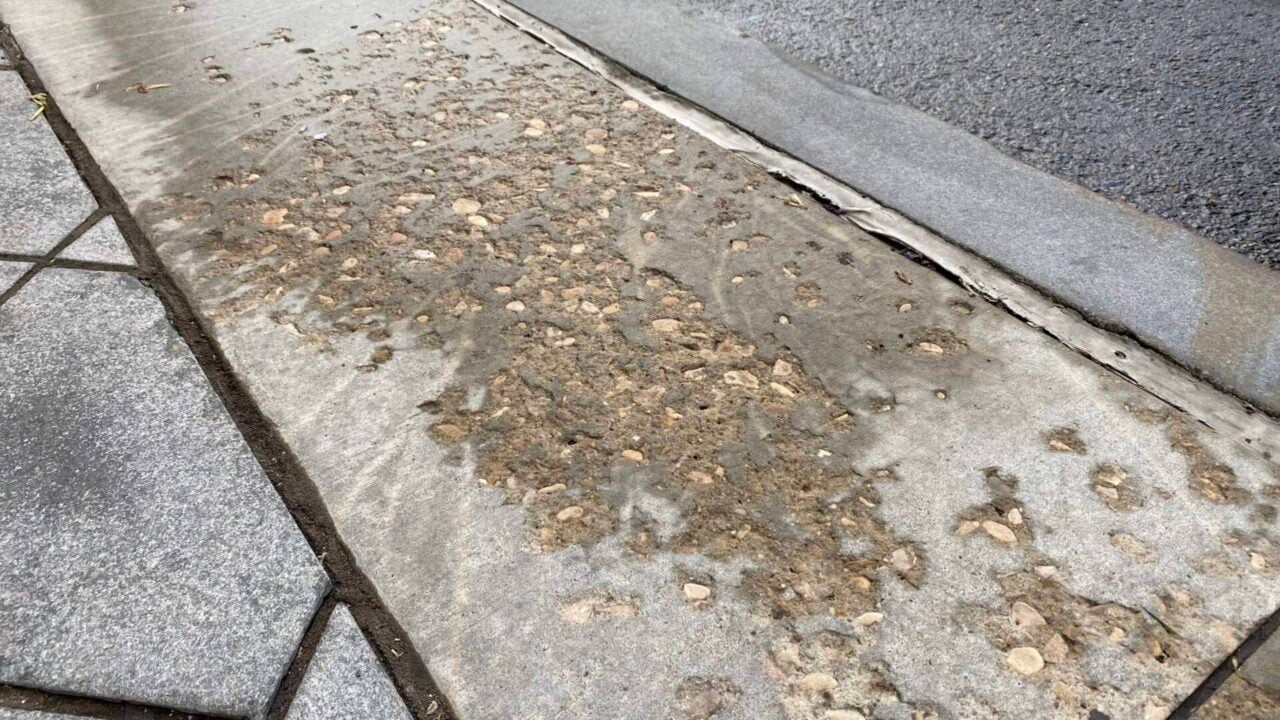
Your concrete gets exposed to salt in a variety of ways. You may live by the sea and have salty air. You may have a saltwater pool. Or you may live in a snowy place where deicing salts are necessary. No matter the reason, it begs the question:
DOES SALT DAMAGE CONCRETE?
Unfortunately, yes. Though concrete is strong, it is porous. So when salt enters the concrete, it can cause damage.
The reason behind this is that salt lowers the freezing point of water, leading to a repeated freeze-thaw cycle. This cycle can significantly weaken the surface of the concrete.
WHAT DOES SALT DAMAGE ON CONCRETE LOOK LIKE?
Spalling is the most common type of salt damage. It shows up as flaking or chipping on the concrete surface, making it look rough and pitted.
Additional signs of salt-damaged concrete include:
- Chips
- Cracks
- Discoloration
- Surface erosion
- Flaking
- Pitting
- Scaling
The effects of salt on concrete can be detrimental. To safeguard your surfaces, it’s crucial to adopt preventative measures and appropriate maintenance practices.
HOW DO YOU KEEP SALT FROM DAMAGING CONCRETE?
Fortunately, there are steps you can take to prevent salt damage to concrete surfaces.
Use a sealer that prevents salt intrusion.
You may have heard of “salt block sealers” that prevent salt from seeping into the pores of your concrete. Brickform’s high-quality sealers are great options for preventing salt intrusion and also protecting the concrete from stains and water damage.
If salt is a concern, consider one of these sealers:
- Brickform’s Gem-Guard SB, a penetrating, solvent-based sealer.
- Brickform’s Stealth-Seal WB, a water-based sealer.
Be sure to apply the sealer as often as needed. How often you need to reapply depends on the surface type, usage, and exposure to the elements.
Clean your concrete often.
To avoid permanent salt damage, it is crucial to maintain cleanliness on your concrete surface. This applies regardless of whether the salt originates from de-icers, salt air, or a salt-water pool.
Here are general steps you can follow to clean your surface:
- Remove debris, dirt, or leaf litter to see where salt residue has formed.
- Mix E-Etch with water; adjust dilution as needed.
- Apply to concrete, soak for a few minutes, then scrub salt stains.
- Neutralize the surface using Neutra Clean.
- Rinse using a high-pressure hose or power washer.
If your area uses de-icers, clean your surface after snow and ice melt for winter maintenance.
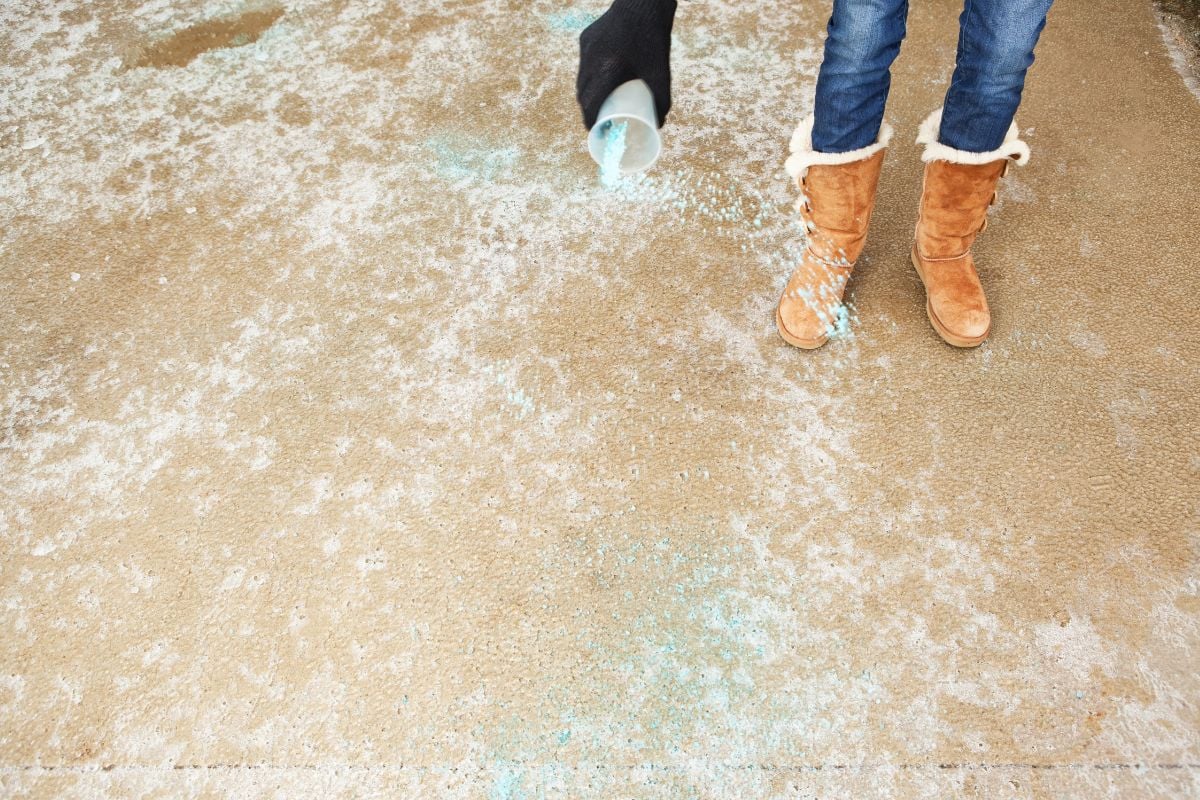
Use concrete-safe de-icers.
In snowy areas, de-icers can cause damage to driveways and sidewalks that frequently experience snow-melting methods. Rock salt is the cheapest way to melt snow, but it’s bad for concrete. Rock salt chemically reacts with the concrete during the freeze-thaw cycle, causing concrete spalling and other issues.
While the best option is to not use a de-icer, that’s just not realistic in many cases. So, what to use instead of salt on concrete?
If you must use a de-icer, calcium chloride is a good option. It can melt ice in very cold temperatures, preventing expansion when it freezes and thaws. Additionally, it causes less harm to the environment compared to salts. Rest assured that your lawn and plants will remain unharmed.
Ensure good drainage.
If your concrete surface has good drainage, it’s less likely that water, snow, and slush will pool on the surface. To prevent salt damage, make sure that water, melted snow, slush, and ice do not build up.
Your concrete should slope by 1/4 inch per foot. So, for example, a 20-foot-long patio should gradually slope about 5 inches from end to end.
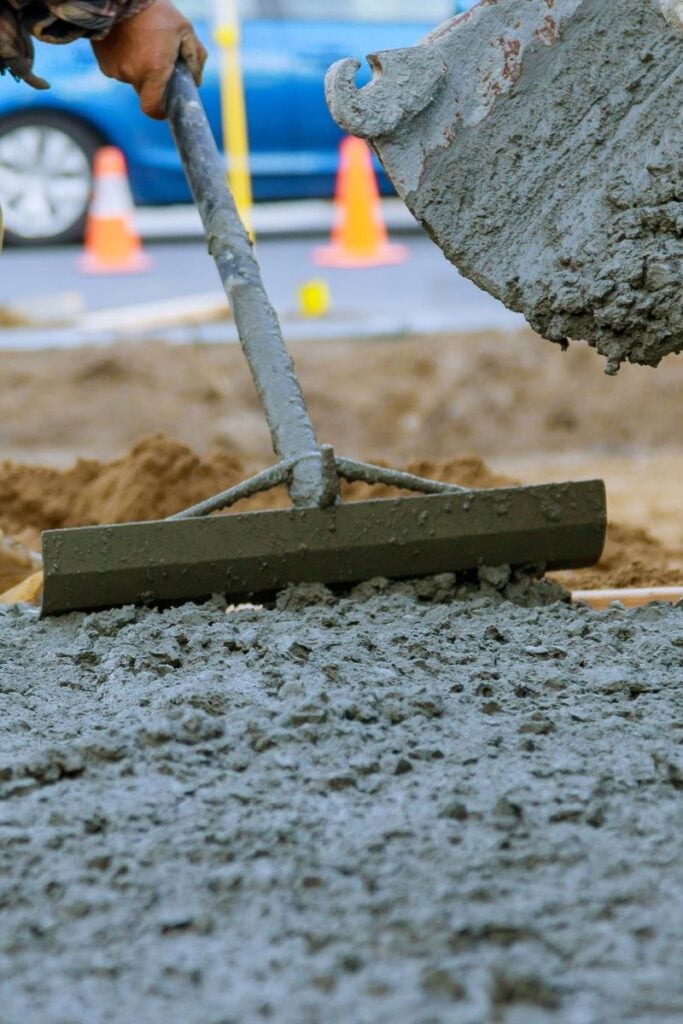
Before the pour:
Consider air-entrained concrete.
When pouring new slabs, use air-entrained concrete, especially in places that experience frequent freezing and thawing. This type of concrete has tiny air bubbles intentionally incorporated during the mixing process.
These air pockets allow water to expand when it freezes, reducing the risk of cracking and scaling. Plus, air-entrained concrete is more resistant to salt and de-icing chemicals compared to non-air-entrained concrete.
Learn more about how air-entrained concrete improves freeze-thaw durability.
DOES CALCIUM CHLORIDE DAMAGE CONCRETE?
Unfortunately, even the best de-icing options can cause issues with concrete. However, calcium chloride is the least harmful of the options available. When applying calcium chloride, distribute it evenly onto the surface and avoid piling it on in one spot. A concentrated amount will cause more damage than evenly distributing a thin layer on the surface.
HOW DO YOU GET RID OF SALT DAMAGE ON CONCRETE?
As a result of salt damage, you may need some concrete repair work done. The type of work you’ll need depends on the type of damage.
Spalling
One of the most common effects of salt damage is spalling. If you have minor spalling, you can possibly use a compound to patch the area. If patching cannot resolve it, you may need to resurface your slab.
Cracking
Another fairly common result of salt damage is for concrete to crack. Similar to resolving spalling, you can fix hairline cracks with patching or resurfacing. It’s best to resolve those minor cracks before they become major issues.
Discoloration
If salt exposure has caused discoloration on your concrete, you can use Brickform’s Refresh stain. It’s an exterior stain that can fix surface discoloration.
For any of these, the worst-case scenario requires ripping out the entire surface and replacing the concrete. If you regularly maintain your concrete and prevent salt damage, you won’t need to demolish it.
THE BOTTOM LINE
Salt damage can compromise the integrity and appearance of your concrete surfaces. To make driveways, patios, and walkways last longer, homeowners should learn about salt damage and take preventive actions. Regular maintenance, combined with the right products and practices, can save significant time, effort, and money in the long run.
See More
